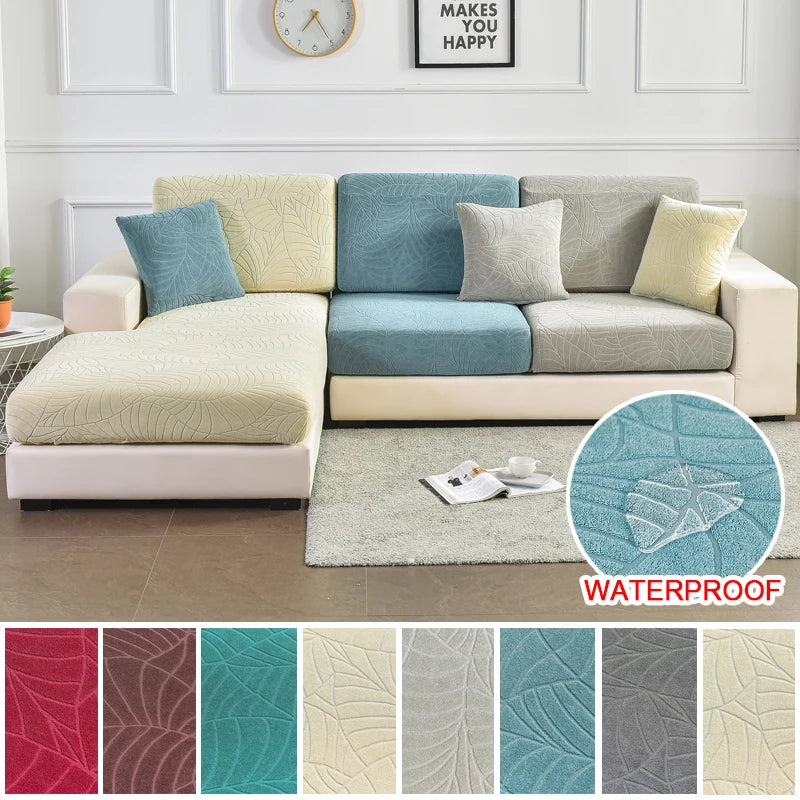Creating a DIY sofa cover is a rewarding project for those who enjoy hands-on creativity, allowing you to personalize your couch's look while protecting its fabric. While it does require some sewing skills, the process of making a custom sofa cover can be both budget-friendly and deeply satisfying. Here’s a guide on whether making your own sofa cover is worth it and how you can get started.

1. Benefits of Sewing Your Own Sofa Cover
Creating your own sofa cover offers several advantages, including the ability to choose fabrics that match your unique style and the exact dimensions of your sofa. Unlike store-bought Sofa Covers, DIY covers can be tailored to fit snugly over your specific couch shape and style, ensuring a seamless appearance.
2. Choosing the Right Fabric
When sewing your own sofa cover, select a durable and washable fabric. Popular options include cotton, canvas, and polyester, as they provide both comfort and resilience. Fabrics with some stretch are ideal for achieving a snug fit, while UV-resistant or water-resistant fabrics offer extra protection against spills and sunlight. Many prefer to use high-quality materials similar to those available on sofacoveruk.com for added durability.
3. Measuring and Cutting the Fabric
Before you begin, measure each section of your sofa, including the backrest, cushions, armrests, and sides. Accurate measurements ensure that your sofa cover will fit properly. Add a few extra centimeters to your measurements to account for seam allowances and adjustments during sewing. Cutting your fabric accurately is essential for a professional-looking result.
4. Sewing Techniques for a Custom Sofa Cover
Sewing a couch cover requires basic sewing skills. Start by sewing each section individually, then join them together. For added durability, use a strong thread, and double-stitch areas that may experience heavy use. Beginners might find it helpful to practice sewing small pieces before moving on to the main fabric. Additionally, for those looking to replicate the look of store-bought slipcovers, consider adding an elastic hem to help keep the cover in place.
5. Time and Effort Involved
Making a sofa cover can take anywhere from several hours to a couple of days, depending on your experience and the complexity of the sofa design. While time-intensive, the process is manageable with patience and attention to detail, especially if you enjoy DIY projects. Plus, the results are worth the effort, as you’ll end up with a unique sofa cover tailored to your style and space.
6. Alternative: Ready-Made Sofa Covers
If sewing isn’t feasible, you can still achieve a custom look with high-quality Sofa Covers from sofacoveruk.com. Ready-made covers come in various styles, sizes, and colors, allowing you to transform your sofa without the need for DIY sewing. These covers are often made from durable, stretchable fabrics, providing a snug fit and ease of use without sacrificing style.
Final Thoughts
Sewing your own sofa cover is a wonderful way to add a personal touch to your living space. However, for those looking to save time, professionally made sofa covers from sofacoveruk.com provide a beautiful, durable, and hassle-free alternative. Whether DIY or store-bought, a well-fitted sofa cover can completely refresh your sofa and enhance your decor.







